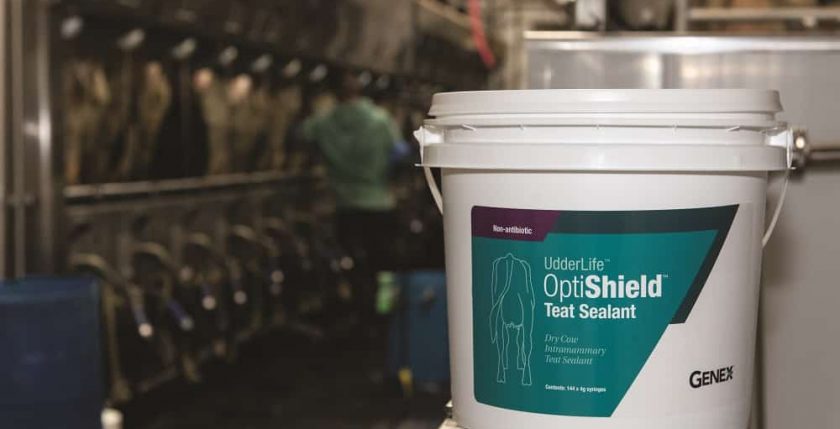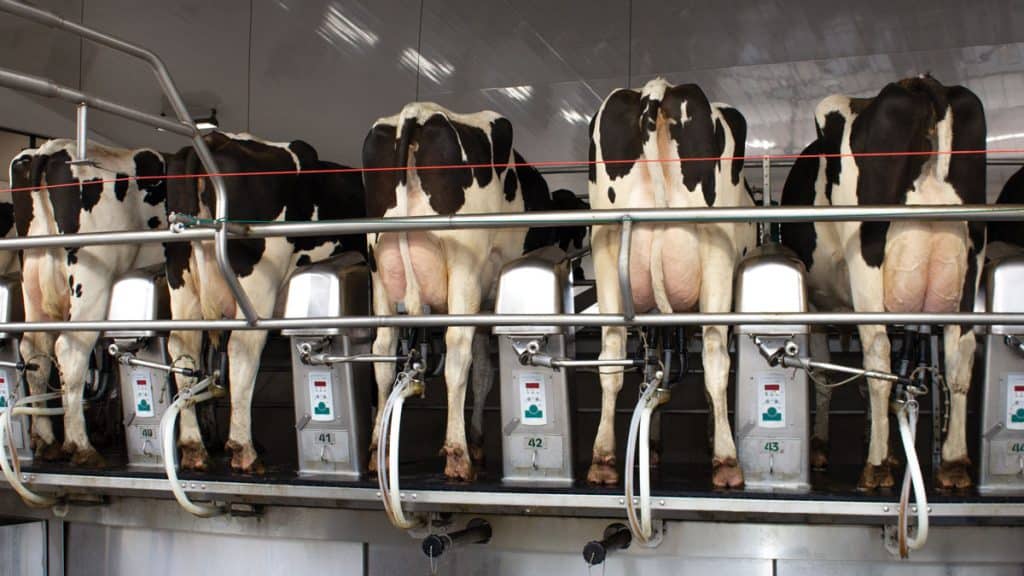Your livelihood is your dairy cows and the milk they produce. It’s our duty as farmers to care for that livelihood; to protect our animals as well as our bottom line. Caring for a cow is important in all stages – pregnancy, lactation and even the dry period.
Protecting cows after lactation is crucial, as 50-60% of all new mastitis infections occur during the dry period, and the cost of a new case of mastitis averages between $117 and $444.¹ These costs include labor, discarded milk, treatment, DVM services and lost profit. Furthermore, at about seven days after dry off, 50% of quarters fail to produce an adequate keratin plug, the cow’s natural barrier to protect against environmental bacteria entering their udders. At 42 to 50 days after dry off 10-23% of quarters fail to form a keratin plug.¹
Total approximate costs for clinical mastitis²
- 31% milk production losses
- 24% veterinarian and drugs
- 18% discarded milk
- 4% excess labor demand
- 23% premature culling
While clinical mastitis is easier to identify, subclinical mastitis is not as easily visible and can cost up to $110 per cow annually.³ Subclinical mastitis cannot be detected by just looking at the milk but can be noted by a higher somatic cell count and can usually be detected in a diagnostic sample. Identifying subclinical mastitis is crucial, as the greatest economic losses are attributed to high bulk tank somatic cell counts resulting in loss of quality premiums and overall lower milk production.
Give Her an Extra Shield of Protection During the Dry Period
Studies have shown that using an intramammary dry cow therapy along with an internal teat sealant can reduce new dry cow infections by 25%.4 Teat sealants provide an additional barrier until a keratin plug is formed, if one is formed at all.
UdderLife™ OptiShield™ teat sealant can help protect your cows as they enter the dry period. With minimal air in the tube, a partial insertion tip and a syringe that’s easy to push, it’s an easy solution to keep new bacteria out of the udders.
This product is available for purchase in the USA. To purchase, contact your GENEX representative or click here to shop online.
1 Godden, S. et al. (2003). Effectiveness of an Internal Teat Seal in the Prevention of New Intramammary Infections During the Dry and Early-Lactation Periods in Dairy Cows when used with a Dry Cow Intramammary Antibiotic. Journal of Dairy Science, 86(12), 3899–3911. Retrieved from https://www.journalofdairyscience.org/article/S0022-0302(03)73998-8/fulltext
2 How much does mastitis cost dairy producers annually? (n.d.). The Cattle Site. Retrieved April 14, 2020 from https://thecattlesite.com/focus/thermo-fisher-scientific/2335/bovine-diagnostics-how-much-does-mastitis-cost-dairy-producers-annually
3 Ruegg, P. (2005). Premiums, Production and Pails of Discarded Milk. How Much Money Does Mastitis Cost You? UW Milk Quality Milk Money. University of Wisconsin, Madison. Retrieved from https://milkquality.wisc.edu/programs/milk-money/
4 Rabiee, A.R. and Lean, I.J. (2013). The effect of internal teat sealant products (Teatseal and Orbeseal) on intramammary infection, clinical mastitis, and somatic cell counts in lactating dairy cows: A meta-analysis. Journal of Dairy Science, 96(11), 6915–6931. Retrieved from https://www.journalofdairyscience.org/article/S0022-0302(13)00635-8/fulltext



